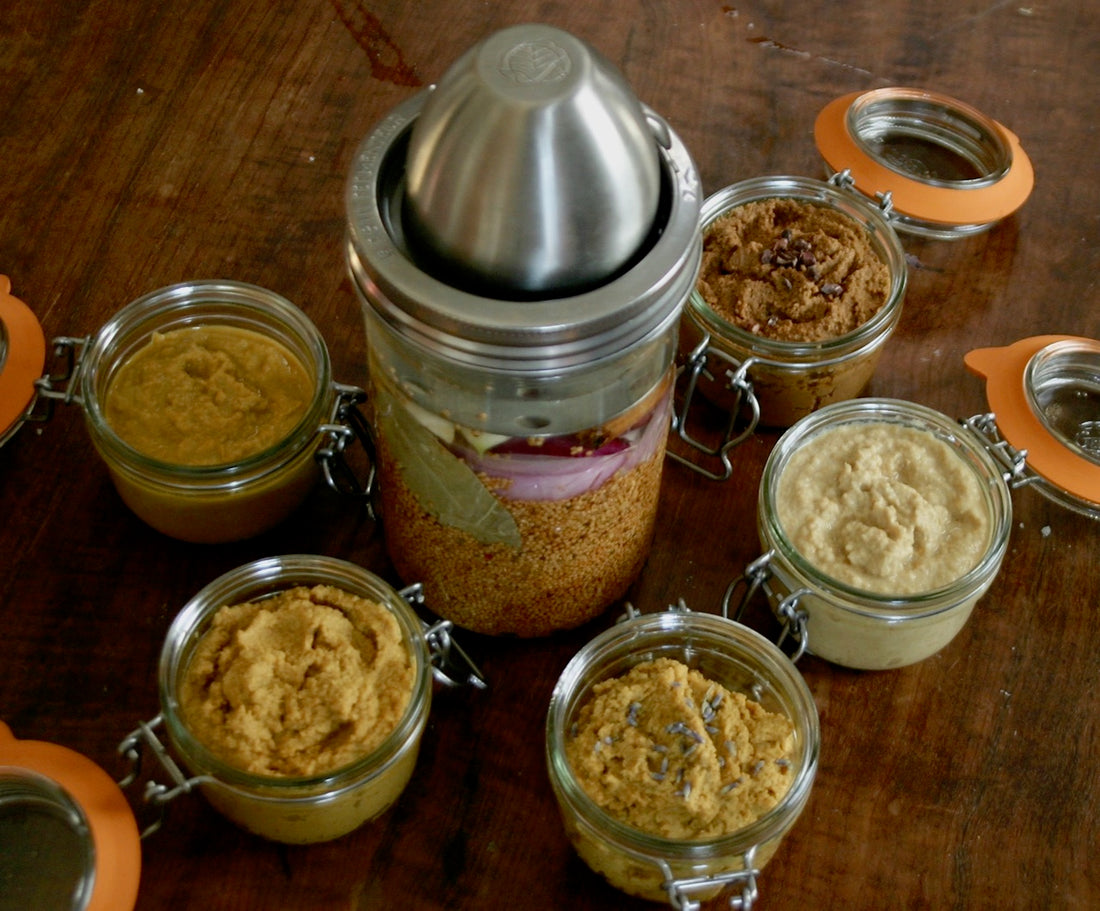Keep in mind: Making mustard is not an exact science, but an artful endeavor. Therefore, this recipe doesn’t give exact measurements because you’ll be the artist of your homemade mustard by using your taste buds and other senses. Because your mustard is lacto-fermented and contains live cultures, it’ll transform and improve in flavor as time goes by.
Check out our webinar Master the Art of Cultured Mustards from Jan 2021 with Karen Wang Diggs, ChouAmi's Chief Fermentation Officer, for a step-by-step demonstration of this recipe and more!
Karen Wang Diggs, Chief Fermentation Officer


